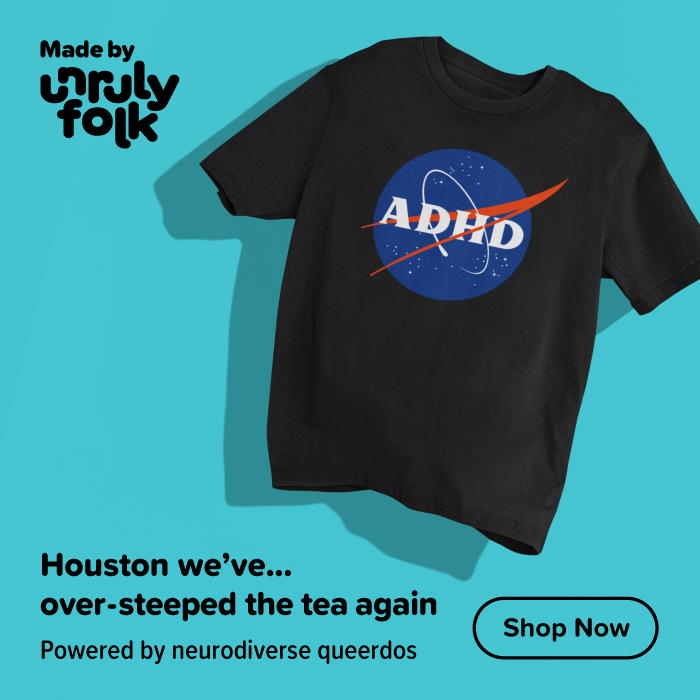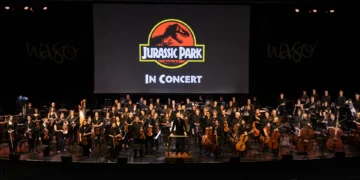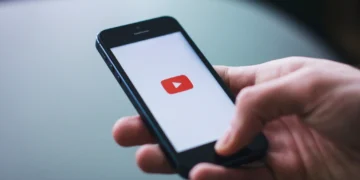In recent years, the term “neurodivergent” has gained recognition and respect, highlighting the diverse ways in which individuals’ brains function. Neurodivergent people, including those with autism, ADHD, dyslexia, and other conditions, often experience and interpret the world uniquely. This distinct perspective can profoundly influence their artistic expressions, leading to the creation of atypical and groundbreaking art forms.
Neurodivergent artists often possess heightened sensory sensitivities, unique ways of processing information, and unconventional thought patterns. These characteristics can translate into art that challenges traditional norms and offers fresh, compelling perspectives. For instance, an artist with autism might have an extraordinary attention to detail, producing intricate and mesmerizing patterns. Similarly, an artist with ADHD might create dynamic, energetic works that convey a sense of motion and urgency.
One notable example is Stephen Wiltshire, an artist with autism who is renowned for his ability to draw incredibly detailed cityscapes from memory. Wiltshire’s art not only showcases his exceptional memory and observational skills but also invites viewers to see familiar urban landscapes through his eyes.
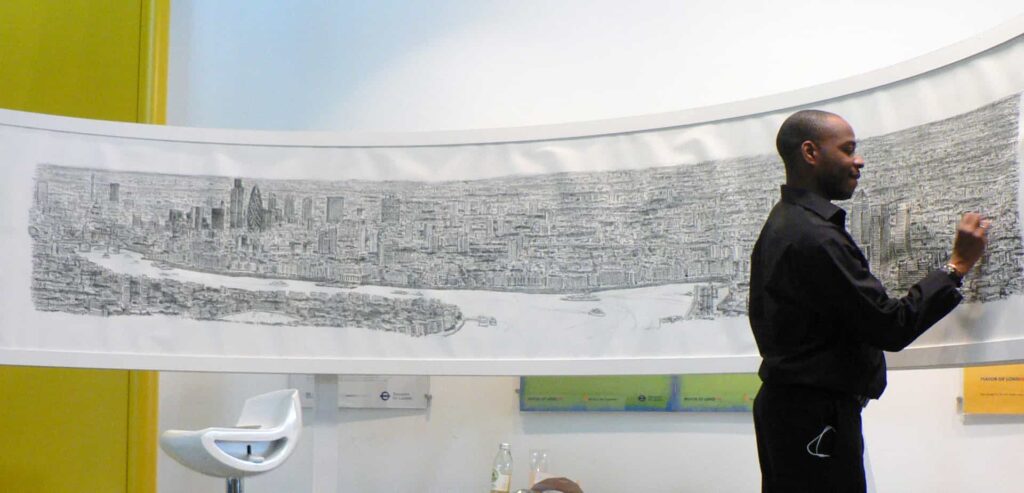
Neurodivergent artists often experiment with unconventional materials and techniques, leading to the development of atypical art forms. For example, some artists with sensory processing disorders might find traditional art materials overwhelming and instead use alternative mediums such as digital art, textiles, or found objects. This experimentation can result in innovative and unexpected creations that push the boundaries of contemporary art. In the past, many artists and innovators would now be considered neurodivergent. Their ability to explore concepts outside of the societal norm led to great advancements in almost every facet of human expansion and discovery.
Judith Scott, an artist with Down syndrome, is known for her intricate fiber sculptures. Scott’s work involves wrapping yarn and other materials around various objects, creating dense, complex structures. Her art, deeply personal and tactile, challenges conventional notions of sculpture and invites viewers to engage with the materiality of her creations.
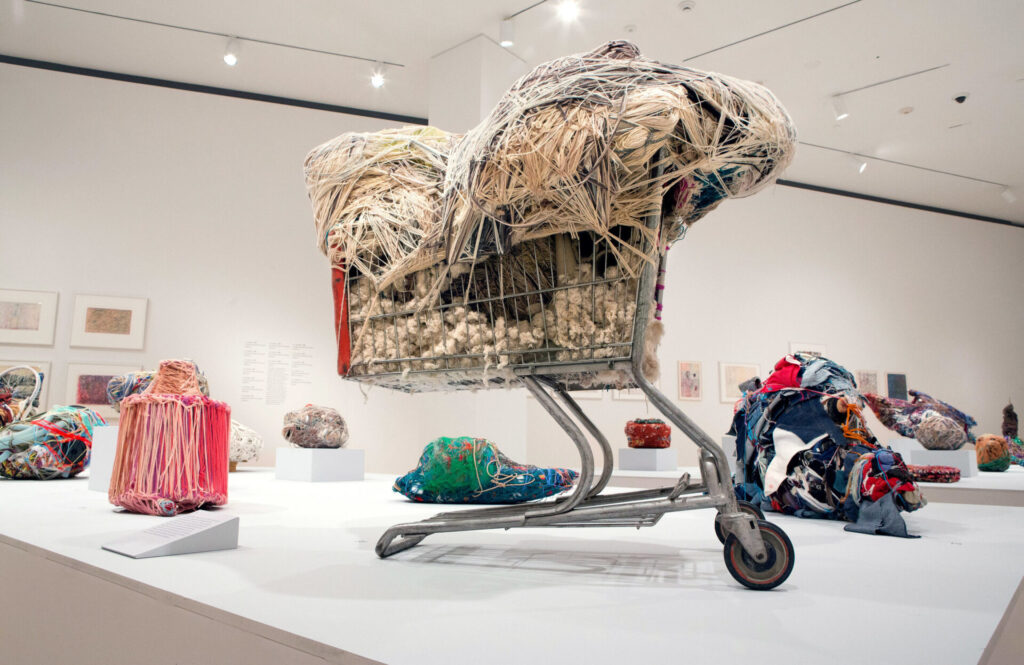
For many neurodivergent individuals, art serves as a vital means of communication and self-expression. Creating art can be a therapeutic process, helping to manage anxiety, process emotions, and develop a sense of identity. Art, in all its forms—including music, writing, and visual arts—allows artists to communicate their inner worlds and share their experiences with others.
Music and writing, in particular, provide powerful outlets for neurodivergent artists. Musicians like Billie Eilish, who has openly discussed her experiences with Tourette syndrome, use their platforms to express their unique perspectives and connect with audiences on a deeply personal level. Writers such as Jonathan Mooney, an advocate and author with dyslexia and ADHD, use their words to challenge societal norms and inspire others with similar experiences.
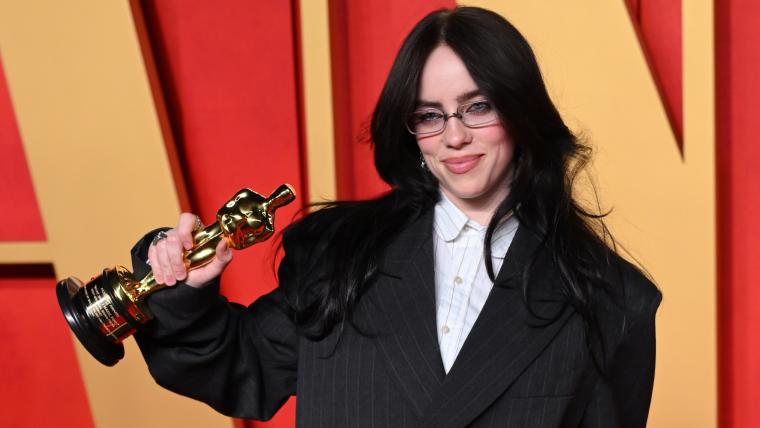
Art resonates with people because it offers a sense of connection and understanding. When individuals encounter art that reflects their own experiences and emotions, they feel seen and less alone. This is particularly important for neurodivergent audiences, who often face societal misunderstanding and isolation. Experiencing art created by neurodivergent artists can provide them with a profound sense of validation and belonging.
Despite the immense talent and creativity of neurodivergent artists, they often face significant barriers in the art world, including a lack of representation and opportunities. However, the growing recognition of neurodiversity is beginning to challenge these obstacles. Museums, galleries, and art institutions are increasingly featuring the work of neurodivergent artists and promoting inclusivity within their spaces. It is also vital for neurodivergent artists to create their own spaces. While being included in mainstream spaces can be validating and therapeutic, there is something magical in carving out spaces where neurodivergent art is the norm.
As a neurodivergent (AuDHD) writer, I often struggled with my desire to emulate well-received authors. My love of rules and structure (hello autism) clashed with my ever-expanding kaleidoscope of thoughts (hi ADHD). I once read that there were only 7 different types of stories in all the written literature of all time. I was fraught with frustration that I wanted to write something as profound and meaningful as the authors that I admired while bucking the “only 7 options to choose from ladies and gents” standard of storytelling.
It took me 25 years to hit upon my own method of storytelling. I began by creating an alter-ego who was not bound by the traditional conventions of reality. I would write short stories about my actual experiences but with her ability to morph reality on a whim. In doing so, I began to process my own difficult feelings in a way that was empowering. Because my stories were humorous, random (I never knew the plot when I started out writing), and involved googled photos of my favorite weird phrases I had written, I was able to stop trauma in its tracks. Later on, I began to get more philosophical with these stories. I also began to write them for other people so that they, too, could experience the magic of fiction, giving a perspective shift that turned helplessness into power and pain into hilarity.
I still haven’t ever published my stories. They share a main narrator (Mussolini the Mannequin) and a main protagonist (Miss Snorthwatson), but the plots are not at all connected. I haven’t quite found the right medium to present an ever changing narrative that flows in every space and challenges the beliefs that we are constrained by typical rules of thought. However, my discovery of MY way of telling a story changed my life. Neurodivergent artists unite! Reality is ours to morph and mold.
Monthly Feature Announcement:
We’re beyond thrilled to announce that this is just the beginning of our journey into the vibrant world of neurodivergent artistry! Starting this month, Unruly Folk will be featuring neurodivergent artists every month, celebrating their unique talents and perspectives. We’re excited to discover more incredible artists within this community, and if you’re a neurodivergent artist or know someone who is, we want to hear from you!





